
Pye B16T television receiver
1946-1948

1946-1948
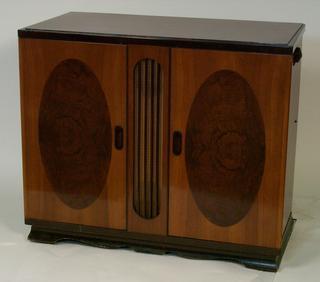
1951

1952

2013
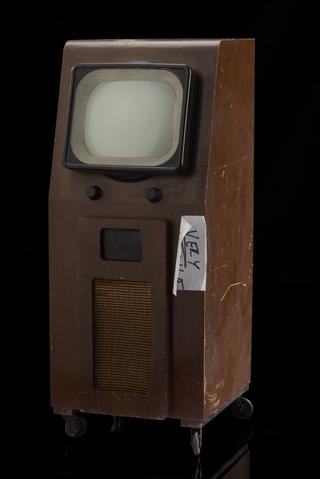
1949-1950
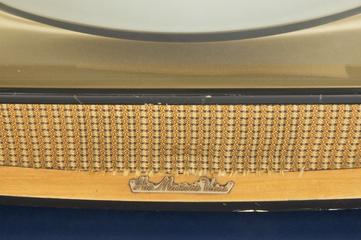
circa 1959

circa 1949
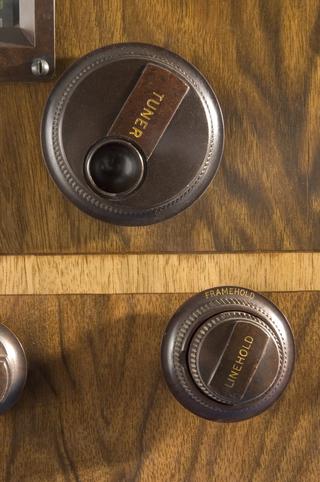
1938
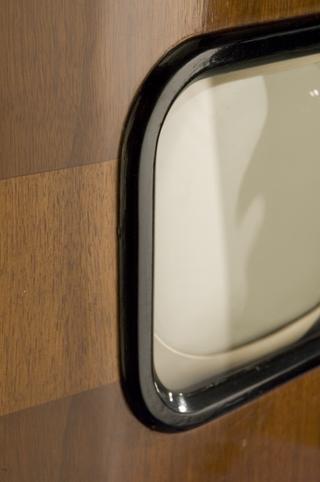
1939
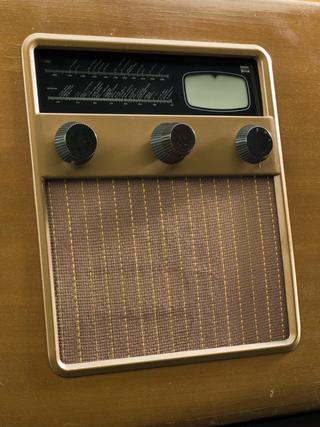
1944-1948
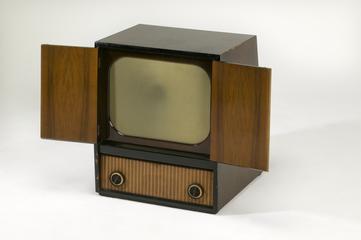
circa 1956

1700-1799
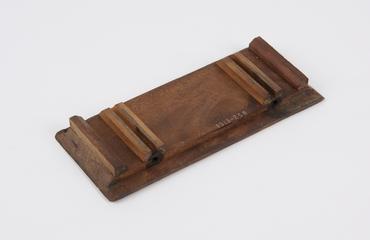
1700-1799
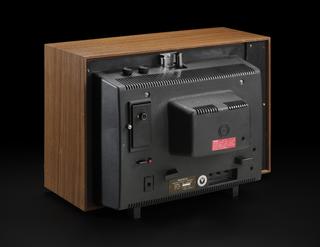
1968-1970
1700-1799
1938-1939
1986
1890-1930
1880-1910
circa 1955
1815-1825
1948
1909-1938
1915-1925
1890-1920
1952-1953
1937
1937
1950-1959
1949
1948-1949
1949-50
1938
1862
1949
circa 1955
1877-1878
1936-1937